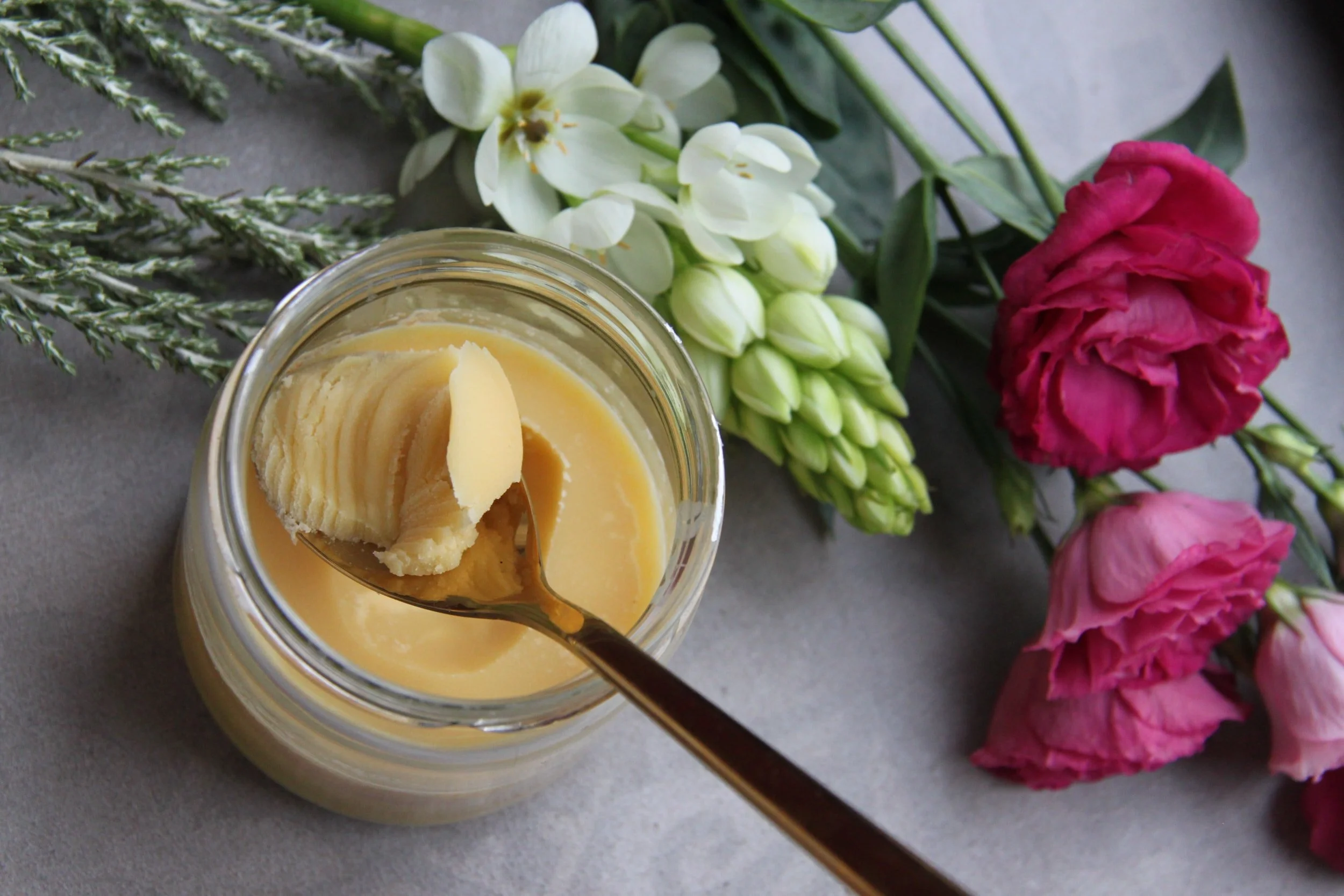Authenticity in Ayurveda - guest post by Dr. Anusha Sehgal
I am honoured and excited to share a post with you, written by my Āyurveda teacher, Dr. Anusha Sehgal, BAMS, MD (Āyurveda). Enjoy!
In a fast-evolving world where traditional practices and guidelines can seem outdated, we find that many have tried to convert these recommendations into acceptable bite-size pieces. While I am all for Āyurveda being accessible to the everyday person, sometimes these convenient morsels of information seem a bit disconnected from the authentic practice.
As Āyurveda is gaining popularity around the world, some of our well-known practices have become common knowledge. For example, the use of turmeric milk for coughs or colds. This is a well-known home remedy in most Indian households. With the addition of the Āyurvedic logic, turmeric milk is now touted as a remedy for everyone, even with accessible options of buying packaged turmeric milk in the dairy isle or picking up a quick turmeric milk glazed doughnut (It’s a real thing) to get your daily immune boosting fix. In seeing this level of extension from homemade turmeric milk to packaged and prepared products, I wonder if anyone ever questions the authenticity and effectiveness of such practices. Is cold packaged turmeric milk, dehydrated turmeric milk packets, or even the turmeric milk glazed doughnut an authentic Āyurvedic practice? Will it produce the same effects as homemade turmeric milk, and would this be effective for everyone? Is this a true representation of the practice of Āyurveda?
The short answer is no, they are not the same. Homemade turmeric milk is not comparable in therapeutic activity to packaged cold turmeric milk or any of the convenient options. Here’s why it’s different.
The authentic recipe of turmeric milk requires the use of fresh turmeric root ground with fresh ginger root and made into a thick paste. This paste is sautéed in ghee along with other aromatic digestive spices in a milk base. The milk is usually diluted according to the nature of the cough (dry cough or wet and productive cough) and the time and frequency of consumption is modified based on body type, age season etc. These specific nuances allows for maximum efficacy in reducing inflammation and relieving the many versions of cough presenting uniquely in each individual.
As each decade passed, this recipe has evolved with a focus on convenience and ease such as using turmeric powder in place of turmeric root paste or using a prepared mix where hot water is added to reconstitute the turmeric milk. The qualities of fresh turmeric change in potency and efficacy when dried, as well as the benefits of the whole preparation, reduces the more it is modified.
The essential question in these scenarios is what is the authentic practice of Āyurveda and how to recognize it?
Authentic Āyurvedic practice originates from the guidance of the classical Āyurvedic literature ranging as far back as 5000 years old. These are time-tested concepts that have provided the basis of practice for many generations utilizing nature as the source of materials for sustaining health and management of illness. Time has allowed for some concepts to fade away, however, the fundamental logic of recognizing base qualities still applies to practice to this day.
An authentic practice starts with an in-depth study and knowledge of the classical Āyurvedic literature as well as experience in the practice of these concepts. Testing the theories with clinical practice allows a practitioner to experience the genuine effects of this system and understand how this can produce similar results in many people. It’s learning to recognize the rhythms of self and nature.
A well-trained and experienced Āyurvedic practitioner has spent years perfecting the skill of identifying qualities and connecting nature to the individual for sustained health and wellbeing. Without authentic knowledge, Āyurveda can seem challenging to practice in its original methods. However, with knowledge and practice, we see that these concepts are simple in alignment with natural rhythms and patterns.
Why is authenticity important?
Āyurveda is rooted in logical concepts where common qualities have been identified in living things and their ecosystem.
Utilizing similar qualities to enhance and opposing qualities to negate or manage is a fundamental approach to all the recommendations of health and wellness in Āyurveda. When this basic logic is not present, we find that modified Āyurvedic tools then do not produce the same effects.
Fresh turmeric root is significantly more therapeutic when compared to turmeric powder when compared to reconstituted turmeric milk packaging. In order to claim the same effects of the age-old Āyurvedic remedy, it should be made in the same way to gain dependable results. When genuine methods are compromised for convenience or ease, it also affects the reproducibility of the results and unpredictable outcomes. This applies to the modification of all recommendations in Āyurveda such as daily routines, dietary recommendations to sleep patterns, etc.
For this reason, we often hear that Āyurvedic recommendations don’t work because of variable results. The more one varies or consolidates these ideas, the more variability seeps into the kind of benefits one can expect. Outcomes may vary when there is a lack of sound Āyurvedic logic. The problem does not lie in the Āyurvedic science, but in the modifications of its application and practice.
So, if you’re wondering why the turmeric glazed doughnut is not getting rid of your cough or cold, it’s because its not really an authentic Āyurvedic practice. Though similar to an old remedy, it does not apply the same logic or manner of use to produce those therapeutic benefits.
I hope you enjoyed reading Dr. Anusha’s blog on Authenticity! What an opportunity to get to connect to such a wonderful and experienced Āyurvedic Doctor and education. Her website is: https://www.bostonayurvedainc.com/
Feel free to leave a comment below.






